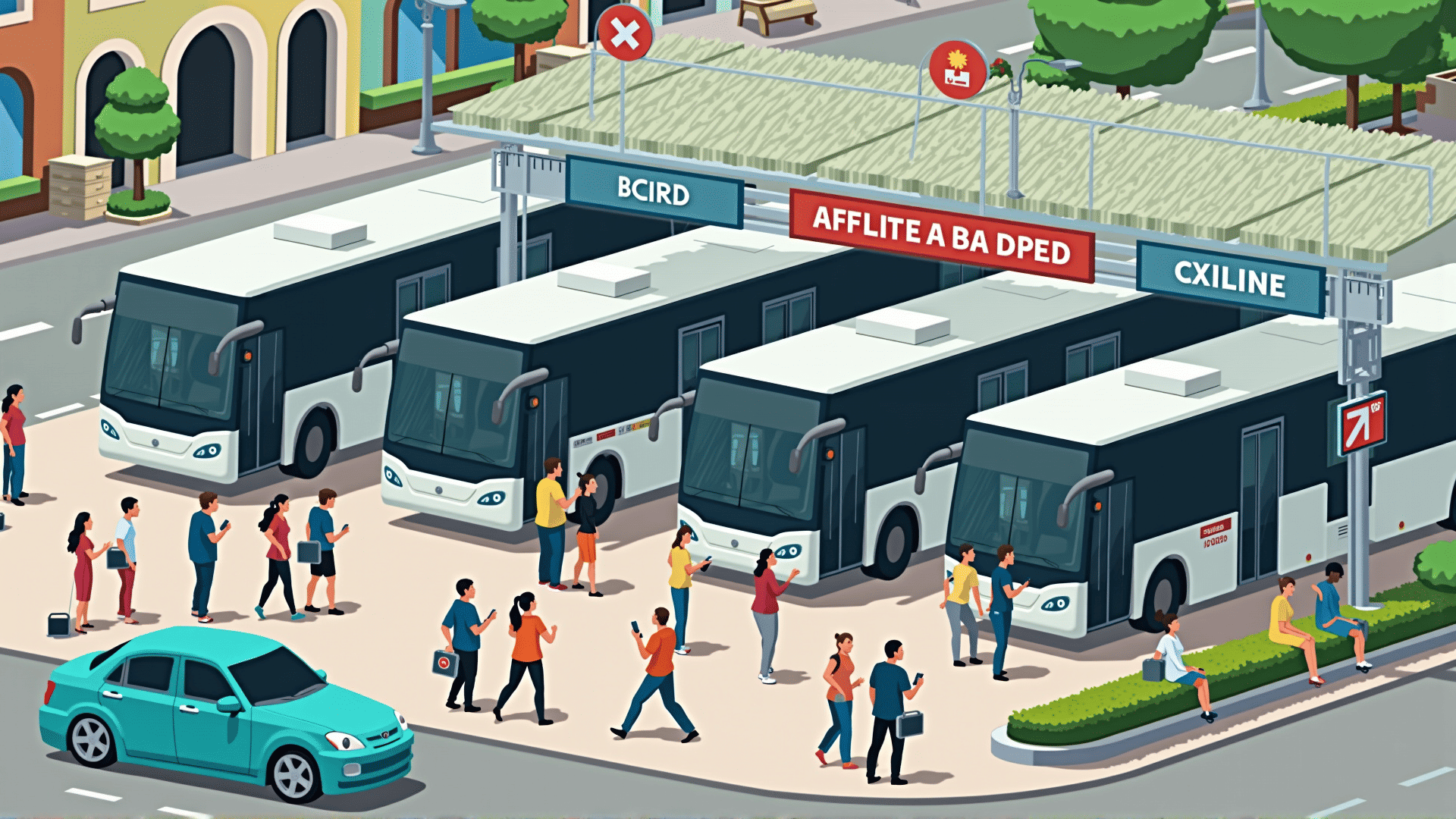Public transportation plays a crucial role in shaping vibrant and accessible urban environments. Its enhancement is essential in ensuring that commuters experience seamless, dependable, and secure journeys. The journey towards improved public transit involves addressing several key components that collectively foster an efficient system.
One of the primary aspects to focus on is the enhancement of infrastructure. Modern transit systems require robust and up-to-date facilities, including well-maintained tracks, stations, and vehicles. Investing in state-of-the-art technology not only boosts capacity but also improves the passenger experience. For instance, implementing advanced signaling systems can reduce transit delays and increase efficiency.
In addition, integrating digital technology can greatly enhance user convenience. Mobile applications that provide real-time updates on transit schedules and delays empower passengers to make informed decisions about their commutes. Moreover, contactless payment systems further simplify the process, reducing time spent in lines and improving the overall flow of passengers.
Safety remains a pivotal concern for commuters. To address this, regular maintenance and inspections of vehicles and infrastructure are vital. Additionally, deploying surveillance systems and having a visible security presence can deter misconduct and ensure a safe environment for all passengers.
Furthermore, accessibility is an area that demands attention. Ensuring that public transit caters to everyone, including those with disabilities, is fundamental. This can be achieved by providing features such as elevators, ramps, and designated seating. By doing so, everyone in the community can travel independently and with dignity.
Environmental sustainability is yet another crucial factor to consider. Modernizing fleets to include electric or hybrid vehicles can significantly reduce emissions and contribute to healthier urban living. Promoting the use of public transport over individual car travel also helps in decreasing traffic congestion and lowering pollution levels.
Collaboration between transit authorities, urban planners, and the community is essential in shaping systems that reflect the needs of those they serve. By engaging in open dialogues and collecting feedback, authorities can ensure that initiatives are targeted and effective.
Ultimately, improving public transportation is not just about transforming the way people move from one place to another. It is about enhancing the quality of life, enabling greater social inclusion, and contributing to a more sustainable future. With thoughtful planning and a commitment to continuous improvement, public transport can become the cornerstone of thriving, connected cities.
